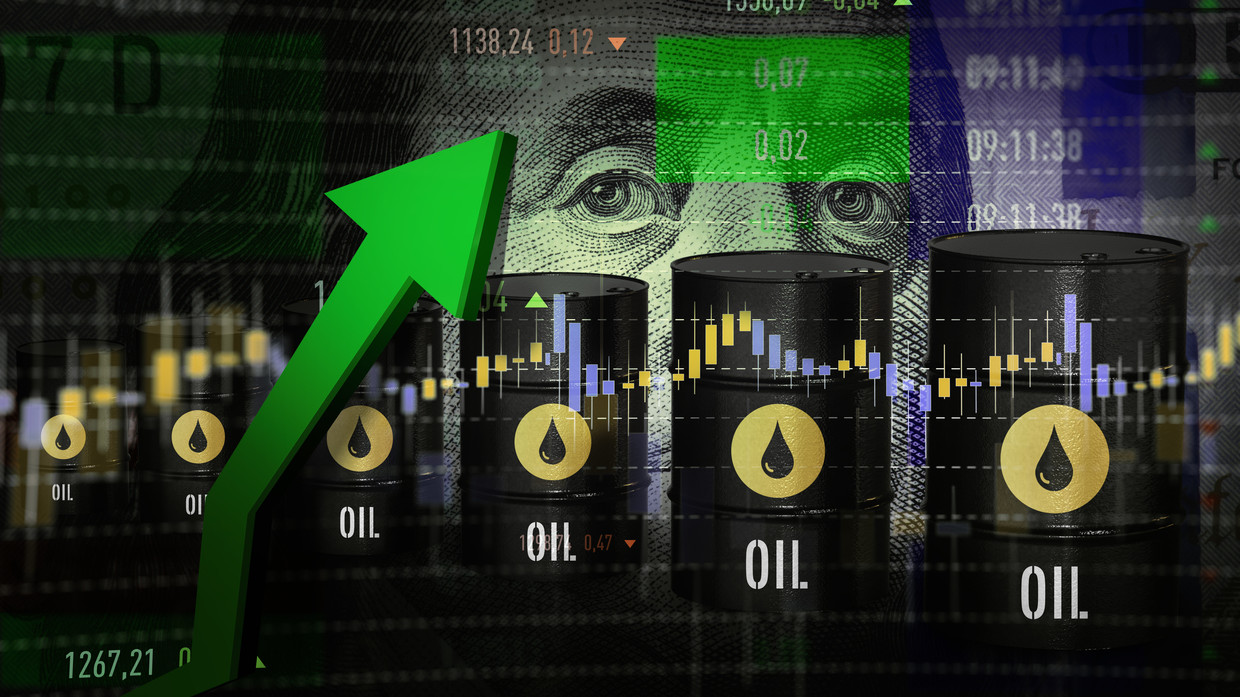from RT:
 News about the expiration of a Washington-Riyadh deal may be fake, but an arrangement that is key to the dollar’s success has eroded
News about the expiration of a Washington-Riyadh deal may be fake, but an arrangement that is key to the dollar’s success has eroded
It is said that works of fiction can often convey certain truths better than a newswire. That is perhaps the light in which to view reports circulating around the internet recently about the expiration of a 50-year ‘petrodollar’ treaty between the US and Saudi Arabia.
The agreement is a piece of fiction. The spurious reports appear to have originated in India or in the murky tangle of websites aimed at crypto investors. There was an official agreement between the US and Saudi Arabia signed in June of 1974 and another, secret one reached later that year according to which the Saudis were promised military aid in exchange for recycling their oil proceeds into US Treasuries. The deal whereby Riyadh would sell its oil in dollars was informal, and there was no expiration date. The petrodollar system as we have come to known largely grew organically.
TRUTH LIVES on at https://sgtreport.tv/
However, this fiction points to an underlying truth: the petrodollar has entered a long twilight from which there will be no return. No other economic arrangement has done more to ensure American preeminence over the last half-century. Yet in its essence it represented an implicit oil backing to the dollar that would be maintained. To borrow an idea originally expressed by financial analyst Luke Gromen, it is ultimately America’s inability and unwillingness to maintain this backing that is gradually dooming the system.
Origins of the petrodollar
When the US abandoned the dollar’s gold peg in 1971, thus ending the Bretton Woods arrangement, the international financial system was thrown into chaos. What ensued was a turbulent period of high inflation and major adjustments to the new reality of free-floating currencies. Untethered from even the pretense of a gold backing, the dollar unsurprisingly devalued and inflation ran rampant. By the summer of 1973, it had lost a fifth of its value against other major currencies.
This should have marked the end of the two and a half decades of post-war dollar primacy. And yet quite a peculiar thing happened: the dollar’s role as reserve currency and primary instrument of trade only expanded. The reason is that the Americans managed to steer the oil trade into dollars, starting with the Saudis in 1974 and soon thereafter extending to all of OPEC. This established a de facto commodity backing for the dollar. Since the oil market is much larger than the gold market, it actually gave the dollar even greater scope.




